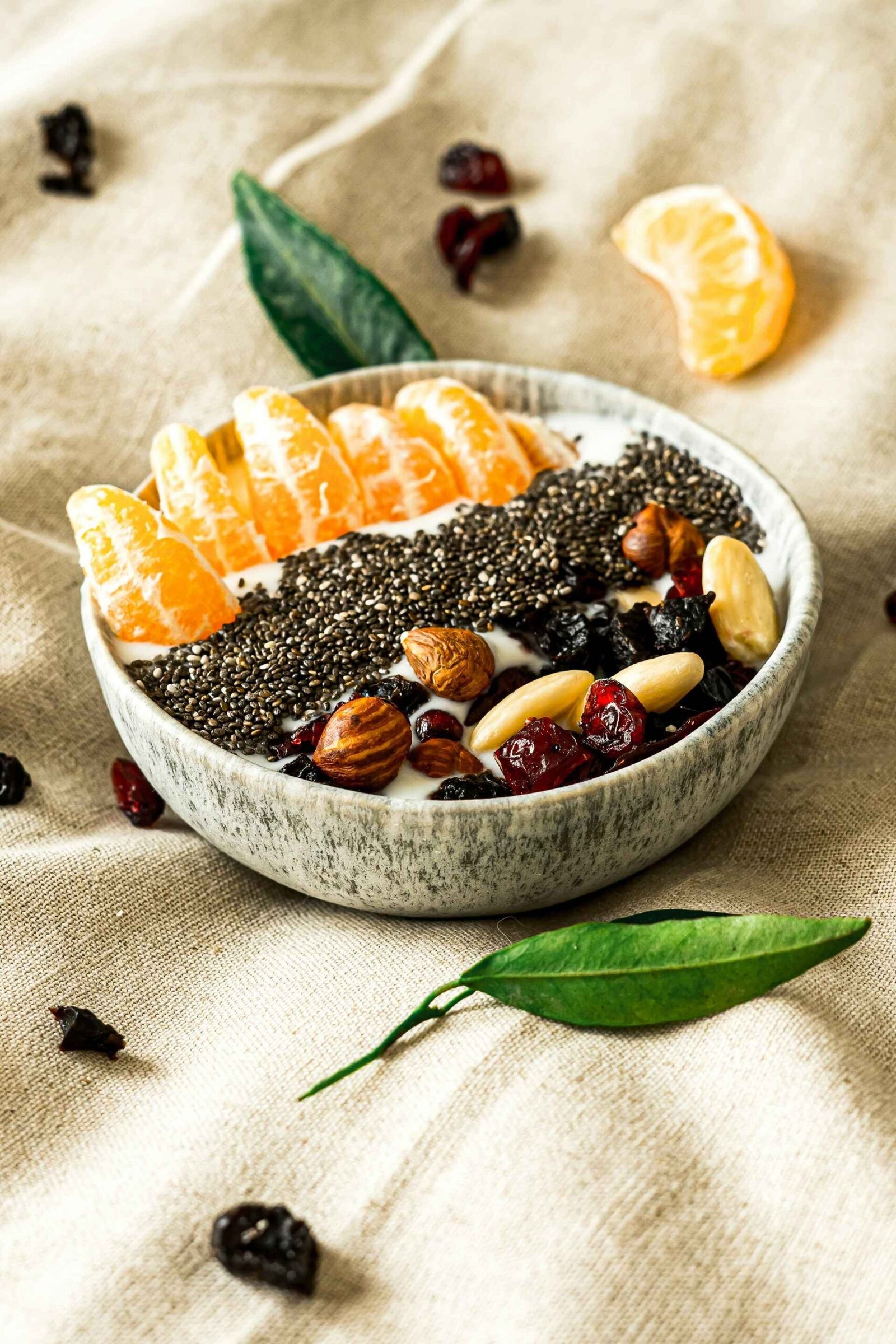The Complete Guide to Quinoa: Types, Benefits, Nutritional Value, and Culinary Uses
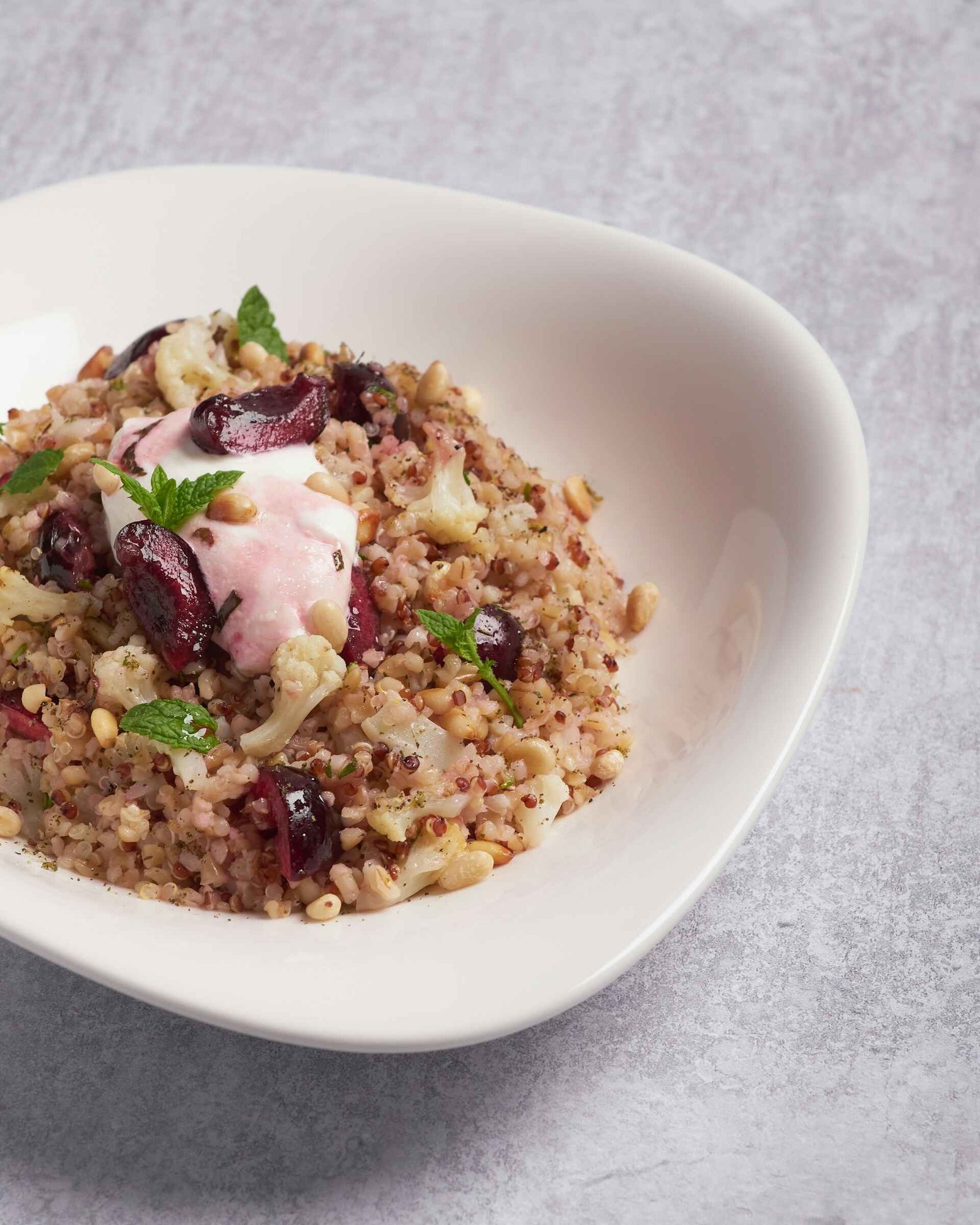
Understanding Quinoa: Types and Properties
Quinoa, scientifically known as Chenopodium quinoa, is a flowering plant that belongs to the amaranth family, originating from the Andean region of South America. This seed, often referred to as a pseudo-cereal, has gained substantial popularity due to its exceptional nutritional profile, being rich in essential amino acids, vitamins, and minerals. It is particularly valued for being gluten-free, making it an ideal choice for those with gluten sensitivities or celiac disease.
There are several types of quinoa that can be found on the market, each possessing unique characteristics. The most common varieties include white, red, and black quinoa. White quinoa, often regarded as the most versatile, has a mild flavor and a fluffy texture when cooked, making it suitable for various dishes. It is often preferred in salads and side dishes due to its subtle taste. In contrast, red quinoa boasts a slightly nuttier flavor and a chewier texture, lending itself well to hearty salads and pilafs. Similarly, black quinoa presents an earthy taste and a higher protein content, making it an excellent option for those seeking to boost their nutrient intake.
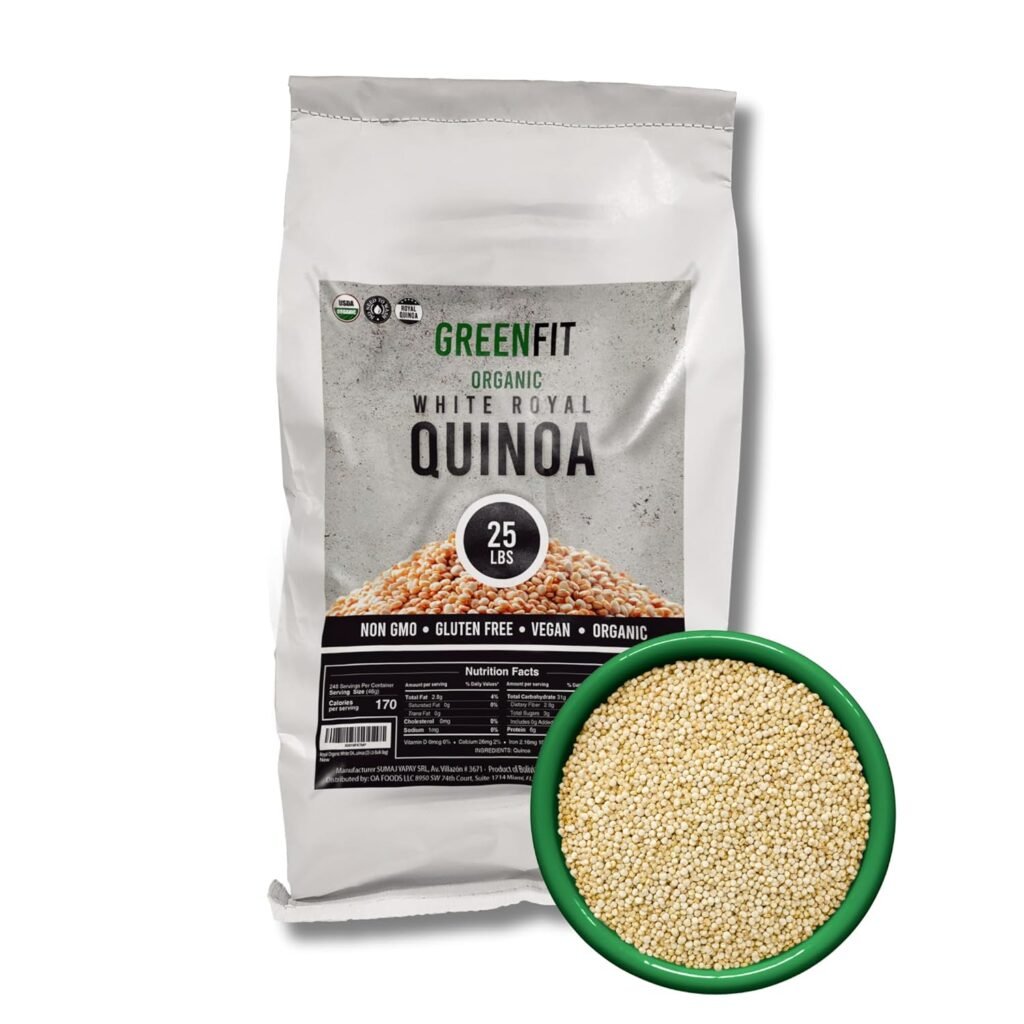
Royal Organic White Quinoa
Non-GMO, Gluten-Free, Vegan, and Organic, Complete Protein, High Fiber, Low-Calorie White Quinoa.
Choosing organic quinoa is crucial for health-conscious consumers, as it is free from synthetic pesticides and fertilizers. Organic farming practices not only support health but also contribute to sustainable agriculture. This ensures that quinoa can be enjoyed while being mindful of environmental impact. Overall, quinoa’s status as a pseudo-cereal, combined with its diverse varieties, makes it a highly adaptable ingredient in modern cuisine, catering to a wide array of dietary preferences and health goals.
Health Benefits of Quinoa
Quinoa, often hailed as a superfood, boasts an impressive profile of health benefits that make it a valuable addition to any diet. One of its most notable features is its high protein content. Unlike many plant-based sources, quinoa provides all nine essential amino acids, making it a complete protein. This characteristic is especially beneficial for vegetarians and vegans who may struggle to obtain adequate protein from their diet. Each serving of quinoa not only supports muscle growth and repair but also contributes to overall cellular health.
The dietary fiber in quinoa is another significant aspect of its health benefits. Fiber plays a crucial role in digestive health; it promotes regular bowel movements and aids in preventing constipation. Additionally, a high-fiber diet can help individuals feel fuller for longer periods, which assists in weight management. Fiber also helps regulate blood sugar levels by slowing down the absorption of glucose, making quinoa an excellent choice for those managing diabetes or looking to maintain stable energy levels throughout the day.
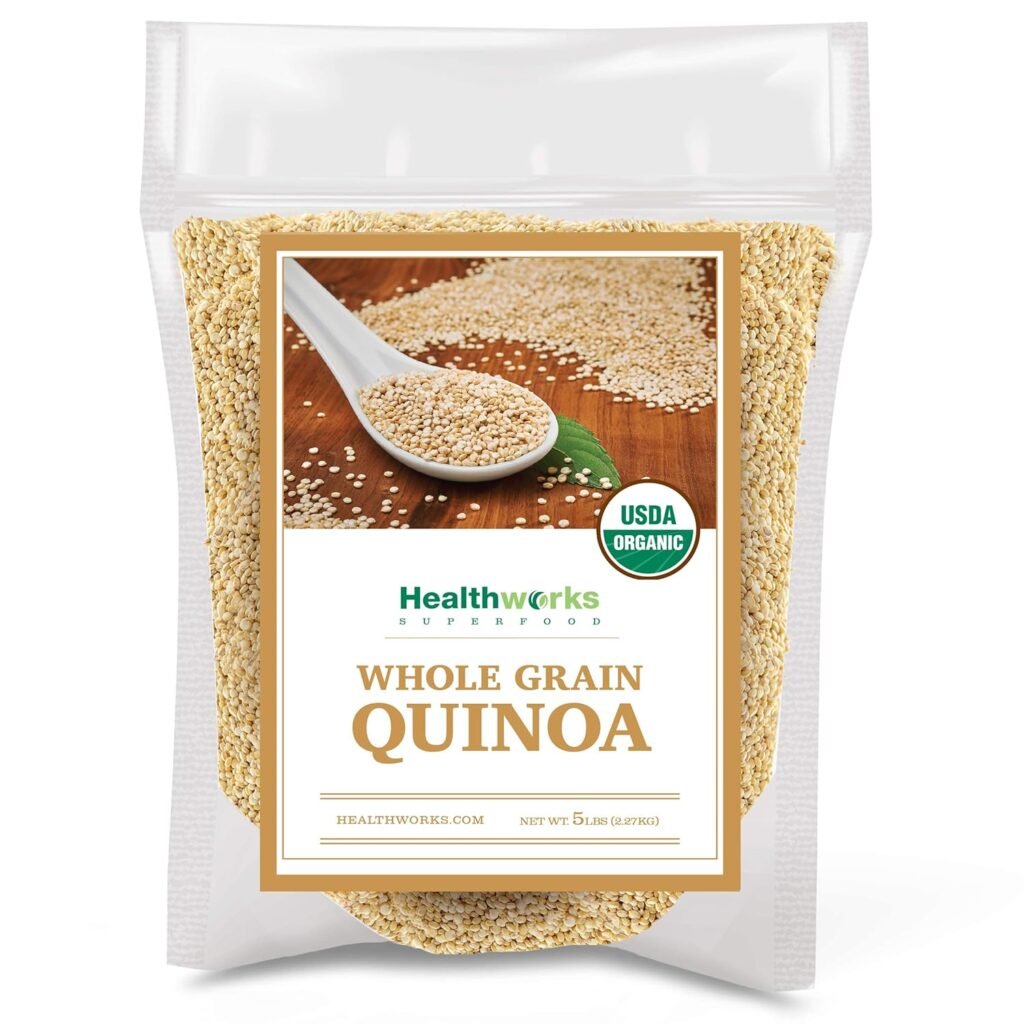
Healthworks Superfoods Organic Quinoa White Whole Grain Raw
White Quinoa is naturally gluten-free and it is loaded with rich nutrients, such as iron, B-vitamins, magnesium, phosphorus, potassium, calcium, vitamin E and fiber. It is also a perfect plant based source of protein as it contains all nine essential amino acids.
Quinoa is rich in various vitamins and minerals, including magnesium, iron, and antioxidants. Magnesium plays a vital role in maintaining muscle function, supporting heart health, and regulating blood pressure. Iron is essential for transporting oxygen in the body, while antioxidants help combat oxidative stress and inflammation. These attributes collectively contribute to heart health, lowering the risk of cardiovascular diseases.
Research suggests that incorporating quinoa into one’s diet can aid in controlling cholesterol levels and reducing the risk of heart disease. However, it is essential to be mindful of individual sensitivities to pseudo-grains, as some people may experience digestive discomfort when consuming quinoa. Overall, the diverse health benefits of quinoa make it a nutritious option for anyone looking to enhance their dietary regime.
Nutritional Content of Quinoa: A Closer Look
Quinoa, often hailed as a superfood, boasts a remarkably balanced nutritional profile that appeals to health-conscious individuals. This ancient grain is a complete protein, containing all nine essential amino acids, which makes it an exceptional dietary option, especially for vegetarians and vegans. In terms of macronutrients, a typical serving of quinoa (about 185 grams cooked) provides approximately 220 calories, 39 grams of carbohydrates, 8 grams of protein, and 4 grams of fat. This unique blend of macronutrients gives quinoa a notable edge over many other grains.
Compared to traditional grains such as rice and wheat, quinoa is significantly higher in protein content, making it a robust alternative for those looking to enhance their protein intake without relying on animal sources. Furthermore, quinoa is gluten-free, ensuring that it can be incorporated into dietary regimens for individuals with gluten sensitivities. The carbohydrate content in quinoa primarily comes from complex carbohydrates, which digest slowly and help in maintaining stable blood sugar levels.
In addition to macronutrients, quinoa is rich in several micronutrients essential for overall health. Notably, it provides substantial amounts of magnesium, phosphorus, manganese, and iron. Quinoa also contains B vitamins, vitamin E, and dietary fiber, contributing to better digestive health and sustained energy levels. When comparing quinoa to other protein sources, it’s evident that this grain’s concentrated nutrient profile provides dietary advantages, including improved metabolic function and overall vitality.
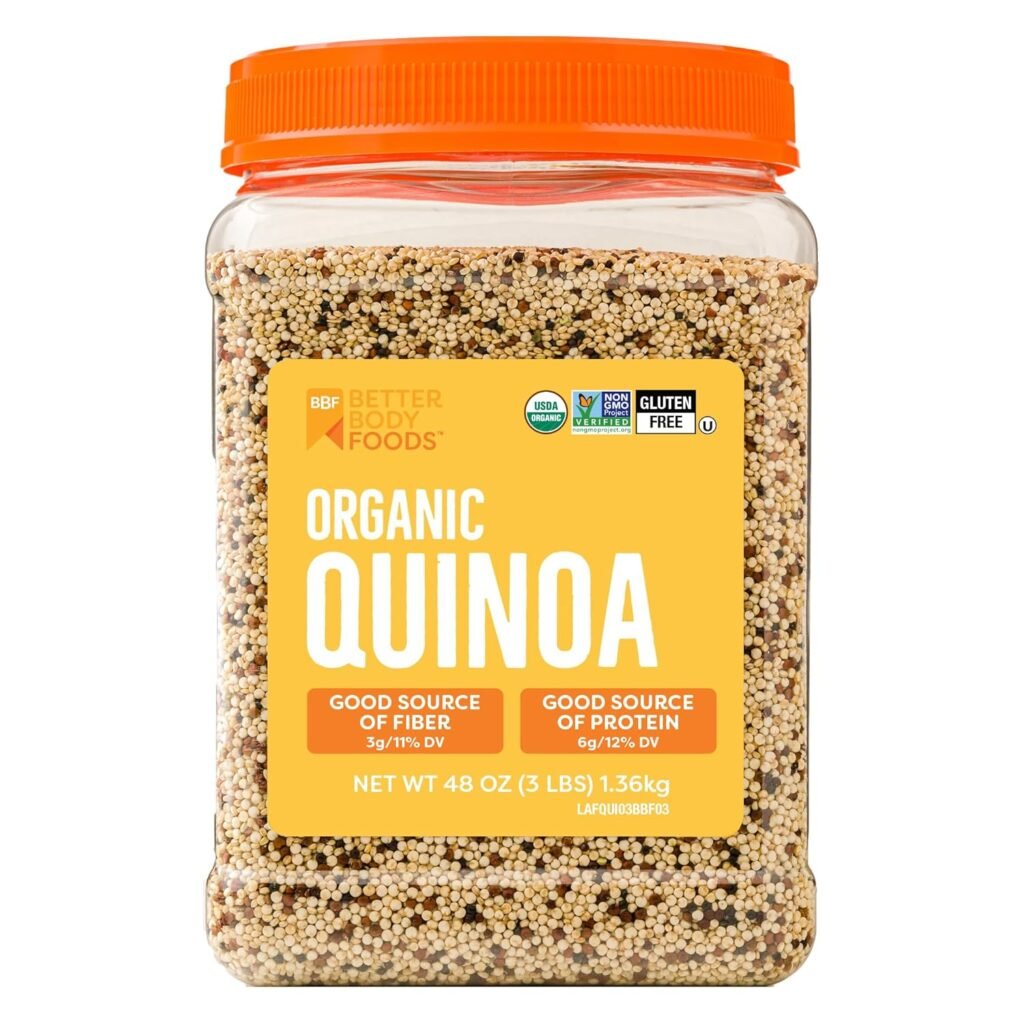
BetterBody Foods Organic Quinoa, Vegan, Gluten Free
Quinoa may be a small seed, but it is full of nutrients that can help men and women of all ages live a better life. In every serving of our Organic powder, you’ll find many nutrients, including fiber, protein, and iron, making it a great bonus to any meal at home or on the go.
The preparation method of quinoa can also influence its nutrient content. Rinsing quinoa before cooking it can help remove saponins, natural compounds that can impart a bitter taste, while steaming is recommended to retain maximum nutrients. By understanding the cooking techniques that preserve quinoa’s nutritional benefits, health enthusiasts can fully utilize this versatile grain in their diets. Overall, quinoa stands out as a nutritious and versatile choice for diverse culinary applications.
Culinary Uses of Quinoa: How to Incorporate it Into Your Diet
Quinoa is a versatile grain alternative that can be easily incorporated into a variety of dishes. One of the simplest methods of preparing quinoa is to boil it in water or broth, using a ratio of 1 cup of quinoa to 2 cups of liquid. Once cooked, quinoa can serve as a base for salads, grain bowls, or served as a side dish. Its mild nuttiness pairs well with a variety of ingredients, including both vegetables and proteins.
For salads, consider mixing cooked quinoa with black beans, diced bell peppers, corn, and a zesty lime dressing. The combination not only adds flavor but also boosts nutritional value, making it a wholesome choice. Additionally, quinoa can be a central ingredient in grain bowls. Topped with sautéed greens, roasted vegetables, and a protein such as grilled chicken or tofu, a quinoa bowl can cater to diverse tastes while providing essential nutrients.
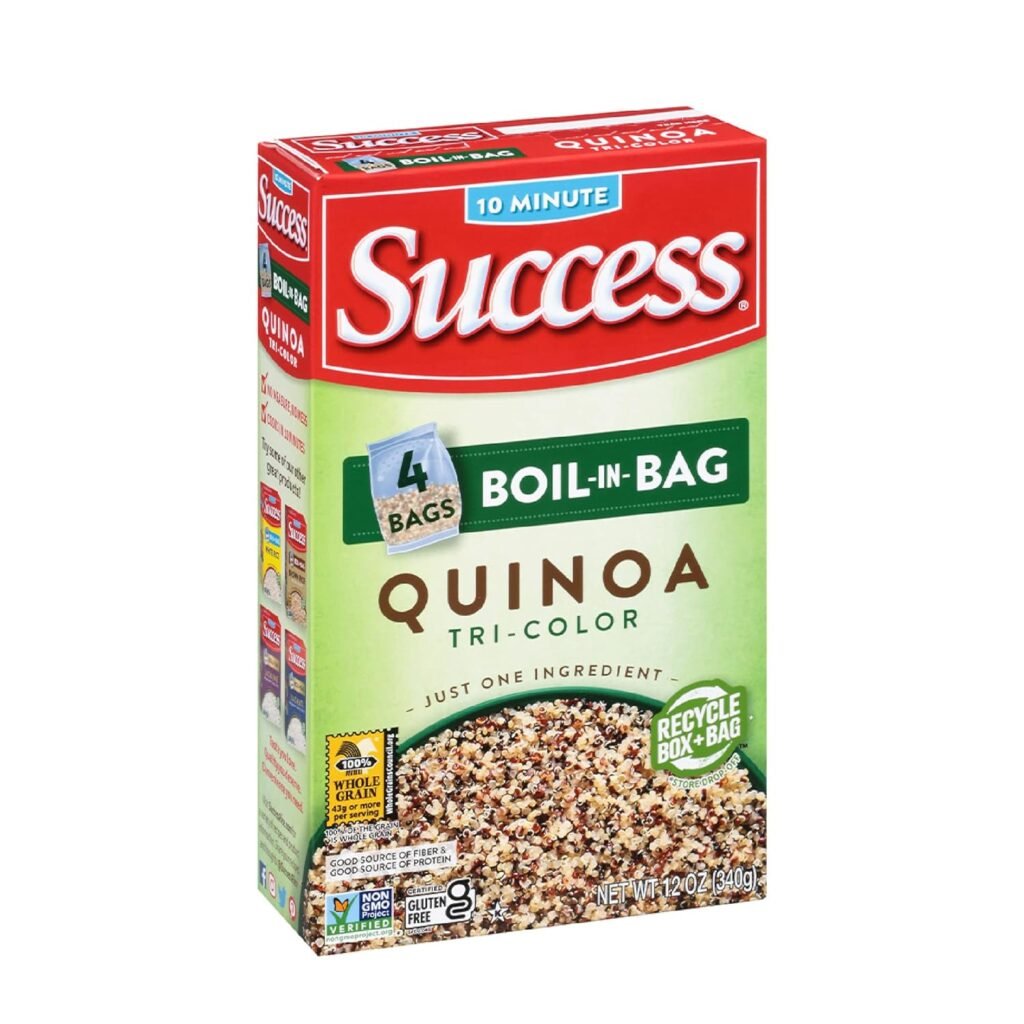
Success Boil-In-Bag Quinoa, Quick Tri-Color Quinoa
This tricolor quinoa pasta alternative can be cooked in a microwave or on a stovetop in 10–15 minutes! For either option, submerge the bag in the specified water quantity and follow the box instructions for perfect quinoa every time.
Quinoa also demonstrates its culinary flexibility when used as a substitute in baked goods. It can be ground into flour, offering a gluten-free option for bread and muffins. Incorporating quinoa flour can enhance the fiber content and introduce a unique texture to baked items. Furthermore, quinoa can be added to soups and stews, providing a hearty and nutritious element that absorbs flavors while maintaining its integrity during cooking.
When determining portion sizes, it is generally recommended to aim for about half a cup of cooked quinoa per serving. This can be adjusted based on individual dietary needs, activity levels, and overall meal composition. To create balanced meals, pairing quinoa with a variety of vegetables, healthy fats, and protein sources is advantageous. It is suitable for a range of dietary preferences, although individuals with specific allergies or gastrointestinal conditions should consult with a healthcare professional to assess its compatibility with their diets. Overall, with its array of culinary applications, quinoa can seamlessly fit into a balanced and health-focused lifestyle.
Share :


